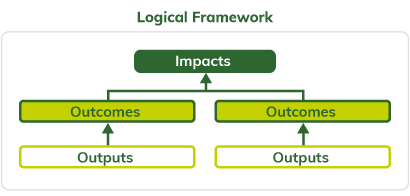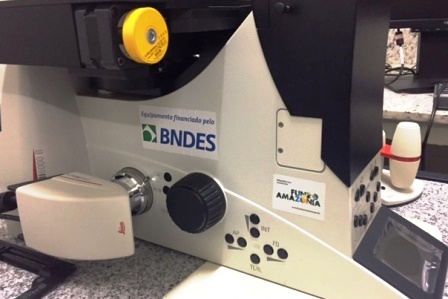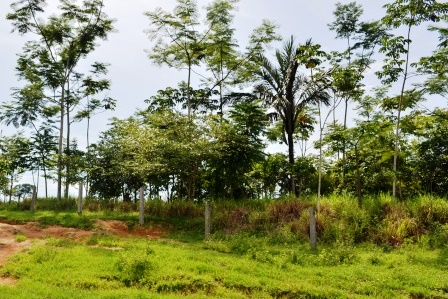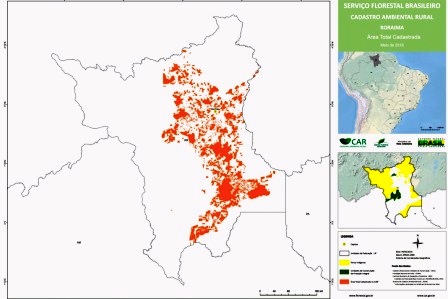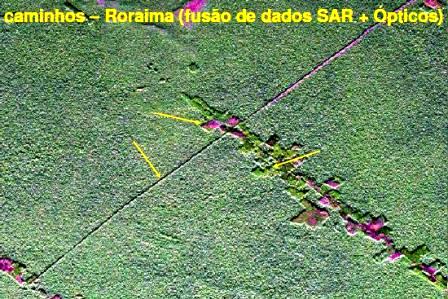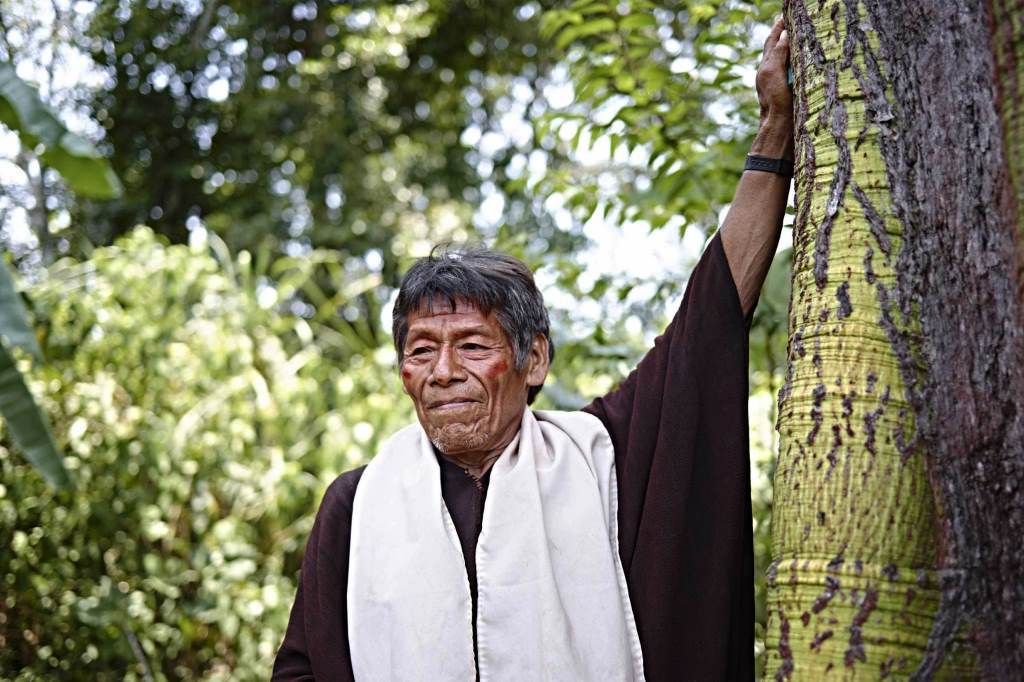INSTITUTIONAL AND ADMINISTRATIVE ASPECTS
IMAZON signed partnerships with several institutions to implement the project. The formal partnerships were established with the following institutions: (i) city councils in the 11 municipalities the project covers; (ii) Green Municipalities Programme Department (PMV) in the state of Pará; (iii) Pará Institute of Economic and Social Development (IDESP); and (iv) EMATER.
Informal partnerships were also set up with the following institutions: (i) IBGE; (ii) National Mapping Commission (CONCAR); (iii) Association of Rural Producers in the Uraim Colony; (iv) Pará State Public Prosecutor; (v) Paragominas Rural Producers Union; (vi) MPF; (vii) SEMA-PA; (viii) Wisconsin University; (ix) BV Rio; (x) Paragominas Rural Producers Union; and (xi) the British Embassy.
Every partnership played an essential role, contributing to the success of the project.
RESULTS AND IMPACTS INDICATORS
Main indicators for the project:
- Number of individuals trained in geo-technology applied to municipal environmental management
The project included 62 municipal technicians and 12 representatives from local associations. Forty-three (69%) of the total municipal technicians trained continued to work in the same institutions at the end of the project, in order to assure the continuity of efforts they were trained for.
- Number of local municipal pacts to reduce deforestation
The aim established for the project was to sign six pacts, considering that, at the beginning of the project, the municipality of Paragominas had already signed a pact. With the project, local pacts have been signed on the other ten municipalities.
- Area included in the digital mapping in the 1:50.000 scale in the territory
Mapping was carried out in the whole area the project covers, which corresponds to 7,180,000 hectares, including an update of map for the municipality of Paragominas according to the new Forest Code.
- Number of priority area maps for forest restoration
Maps of priority areas for forest restoration in the 11 municipalities included in the project were produced.
- Number of reports on governmental efforts towards land regularization in the state of Pará
Four reports were produced summarizing the following subjects:
- performance of the Legal Land Programme in the Legal Amazon;
- pending land issues in the state of Pará;
- assessment of ITERPA information transparency; and
- efforts towards land regularization in the state of Pará in 2012 and 2013.
- Annual deforestation rate in municipalities where the project activities were developed
Table 1 shows a substantial fall in deforestation in the 11 municipalities as a whole as of 2010 (baseline for the project). Except for the municipality of Itupiranga, all other municipalities recorded a decline in deforestation and presented annual deforestation rates below the 40 km2 ceiling established by the Ministry of Environment as one of the two conditions to be removed from the list of priority municipalities for efforts towards controlling and monitoring deforestation.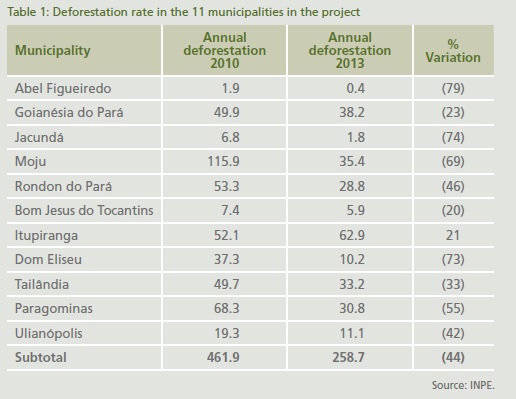
- Number of women working in coordination positions in the IMAZON:
Nine women (50%) of a total of 18 positions.
SUSTAINABILITY OF RESULTS
In addition to the 44% fall in the deforestation rate in the group of municipalities, the project Social and Environmental Management of Pará Municipalities helped remove the municipalities of Dom Eliseu, Ulianópolis and Tailândia from the list of priority municipalities for efforts towards controlling and monitoring deforestation.
Being included on this list, in addition to giving the municipalities a negative image, implied a number of constraints for rural producers, including those of a credit nature.
Three other municipalities still on the list have already complied with at least one of the two requirements for exclusion: Moju and Rondon do Pará both present an annual deforestation rate below 40%, and 80% of the city of Itupiranga is already enrolled in the CAR.
The sustainability of these results depends on a number of factors, to which the project has made an important contribution, especially: continuously fulfilling local pacts to reduce deforestation in the municipalities, implementing procedures to establish accountability for environmental offenders, and permanently mobilizing all those interested in combating deforestation.
To access the effectiveness evaluation report of the "Socioenvironmental Management in Municipalities of Pará" project click here. This assessment was carried out by a team of independent consultants, under the coordination of the Deutsche Gesellschaft für Internationale Zusammenarbeit - GIZ. All opinions expressed are the sole responsibility of the authors, not necessarily reflecting the position of GIZ and BNDES.


